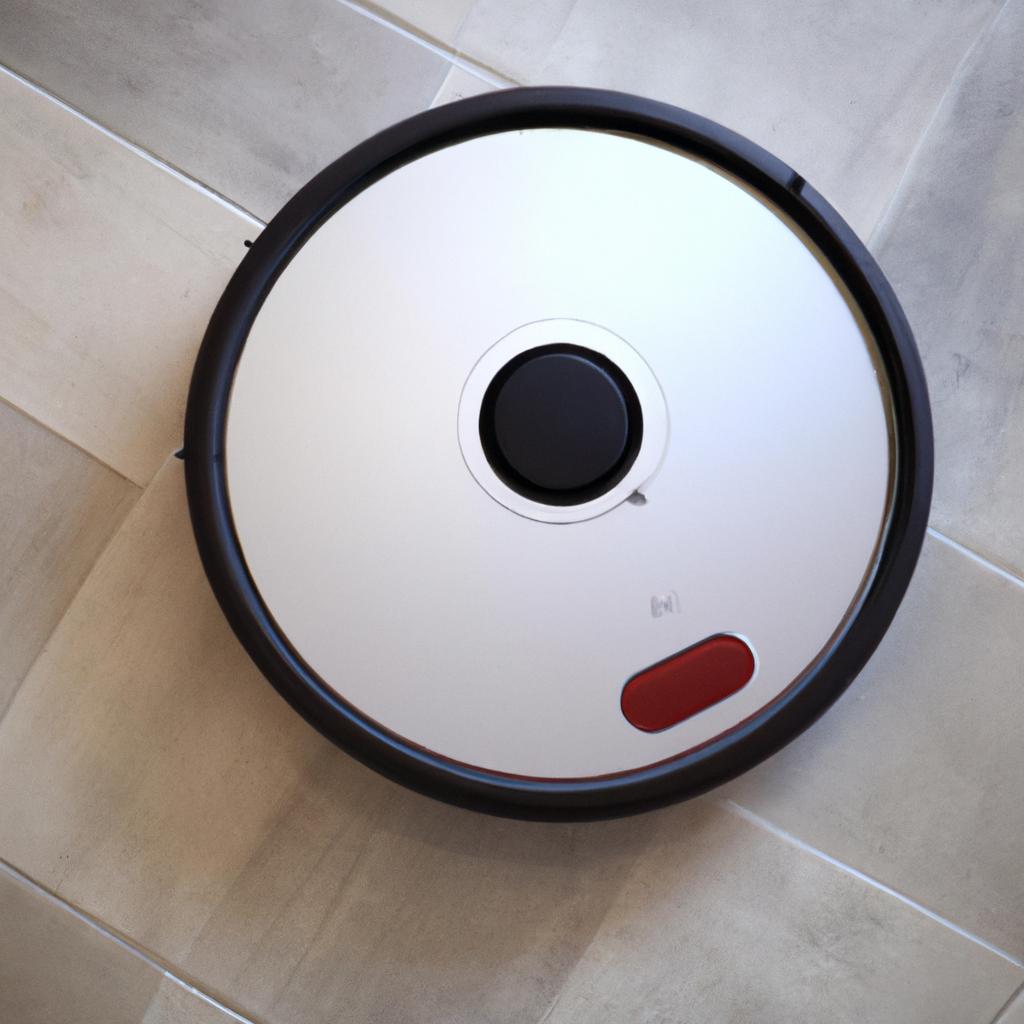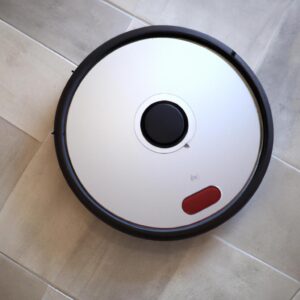The Benefits of Smart Home Technology
In today’s world, automation is more important than ever. Smart home technology is one of the most effective ways for homeowners to add convenience and efficiency to their lives. By using automated systems and connected devices to manage your home, you can save time, energy, and money, while also gaining an increased sense of security.
Smart home technology integrates automation and convenience into the home. Automation gives homeowners more control and allows them to monitor and manage their homes in ways that were not possible before. From thermostats and lights to security systems and appliances, smart home technology makes everyday tasks easier and more efficient. Smart home technology can be used to improve comfort, security, energy efficiency, and lifestyle.
Home automation systems have become smarter and more intuitive over time, controlled by user-friendly apps and voice control. With the right setup, homeowners can start or stop any device or system with just a few simple commands. Smart homes can be integrated with other connected devices and platforms to create an even more seamless experience.
By utilizing automation, homeowners can create a customized smart home that offers convenience, comfort, and energy savings. With smart home technology, homeowners no longer need to worry about manually adjusting settings or manually carrying out tasks. Instead, they can enjoy the peace of mind knowing their home is safe and energy is being used efficiently.
Smart Home Automation Basics
Smart home technology offers a variety of automated features that make it easier to control the security, comfort, and convenience of your home. Through automation, you can adjust lighting, temperature, and security settings remotely, as well as create schedules and reminders to automate common tasks like turning on outdoor lights or turning off appliances when not in use.
The benefits of automation extend beyond convenience. Automated systems help to conserve energy by automatically adjusting lights or thermostats when you’re not home, as well as provide greater security by allowing you to view the home remotely and receive notifications of suspicious activity.
Automation also allows you to monitor activities around your home such as who comes and goes, and when. You can even set up automated reminders for things like taking out the garbage or watering the plants.
Overall, automating your home provides greater convenience, energy efficiency, enhanced security, and improved lifestyle.
Types of Smart Home Technology
Smart home technology gives homeowners the ability to control and automate various aspects of their home with the touch of a button. There is a wide range of automated systems and devices available for the home, each offering different features and benefits.
One of the most popular types of smart home technology is home automation. Home automation systems allow homeowners to remotely manage and control lights, appliances, thermostats, security systems, audio and video equipment, and more. These systems typically require a hub, like a smart speaker, to be set up in the home and then can be controlled through voice commands, a mobile app, or an interface on a computer or tablet.
Smart home security is another popular type of technology. Smart security systems provide homeowners with 24/7 monitoring and can detect intruders, alert the authorities, and even allow the user to view their home from a remote location. Certain models come with motion sensors that will trigger an alarm when an intruder enters and cameras that can be viewed from anywhere with a compatible device.
Smart home lighting solutions are also gaining popularity. These systems allow users to set schedules for when lights turn on and off and even change the color or intensity of the lights. In addition, some systems are compatible with voice command so you can turn off your lights just by speaking a command into your smart speaker.
Finally, there are energy management systems that can help you save money on energy costs by optimizing how you use electricity. This type of system can monitor your energy usage and provide recommendations for making your home more energy-efficient. Some systems can even be used to generate and store electricity from renewable sources like solar panels and wind turbines.
These are just some of the types of smart home technology available for homeowners today. With so many options, it can be intimidating to know where to start. However, with the right advice and resources, setting up a smart home and taking advantage of all it has to offer can be surprisingly simple.
Examples of Smart Home Uses
Smart home technology can be used to help you live more comfortably, securely and efficiently. Automation can make performing everyday tasks simple and time-saving. You can program your thermostat to turn on or off based on the time of day, for example, or set the security system to arm or disarm based on your location. You can also automate lighting so that certain lights come on when you enter a room or turn off when you leave.
Smart home technology can also help to save energy. Automated sensors can detect when a room is occupied or empty, and adjust the lighting and heating levels accordingly. Smart appliances allow you to monitor their energy usage remotely, and even set automatic schedules for them to run at particular times.
Smart home technology can also enhance home security. Video doorbells and cameras send an alert to your smartphone or tablet when there is movement on your doorstep or in your home. Smart locks and alarms allow you to check that doors and windows are locked, and to set alarms when they are opened. Additionally, the data from these devices can be analyzed to identify potential problems such as weak points of entry or water leaks.
Finally, convenience can be improved through smart home technology. Voice control assistants such as Alexa and Google Home make it easy to perform tasks such as setting reminders, playing music and checking the weather. Smart home hubs allow you to control multiple devices from one central point, making it simpler to adjust settings and access information.
Setting Up Smart Home Technology
Setting up a smart home requires some work and planning, but it doesn’t have to be complicated. The first step is to decide on which type of automated system you want. Do you want something that can adjust your lights or locks automatically? Or maybe you want to control things like your temperature and security remotely. Once you have chosen the type of system you want, you will need to purchase the equipment and install it.
The good news is that there are plenty of resources available to help you set up your new smart home technology. You can find online tutorials, downloadable manuals, and forums where other tech-savvy homeowners have posted their own experiences with different systems.
If you don’t feel comfortable tackling installation yourself, many manufacturers offer professional installation services for their products. Additionally, there are companies that specialize in installing home automation systems. You can contact a local provider who will help you get your new system up and running quickly.
Benefits of Integrating Smart Home Technology
Smart home technology is quickly becoming a popular choice for homeowners and renters alike, as it provides a range of benefits including increased security, energy efficiency and convenience. Integrating smart home technology into the home brings with it a wide range of advantages, from improved safety and energy savings to instant access and remote control.
Smart home technology can be used to increase security in the home by allowing homeowners to monitor their home remotely. Automated systems can be set up to inform homeowners of unwanted visitors or potential dangers in the home, such as a gas leak or a fire. Automated locks can also be used to control who can enter the home and when, ensuring your property is secure even when you’re away.
Integrating smart home technology can also help to conserve energy and save money on bills. Smart thermostats, for example, can be programmed to automatically adjust the temperature according to weather conditions outside, reducing the amount of energy consumed. Automated lighting systems can be set up to ensure lights are turned off when a room is not in use, and solar panels can be connected to the system to take advantage of renewable energy sources.
Smart home technology can offer convenience in everyday tasks through automated solutions. Smart appliances can be operated remotely, using voice commands or an app. Automated vacuums can be used to clean the house with minimal effort while you’re away, and automated sprinklers can be set up to water the lawn without having to stand out in the garden. Smart home technology can also be used to control audio-visual systems, allowing you to play music or watch movies without having to get up from the sofa.
Integrating smart home technology into the home can provide a range of security, energy efficiency and convenience benefits. Whether you’re looking to increase your safety or make your everyday tasks easier, smart home technology can be the perfect solution.
Conclusion: Reaping the Benefits of Smart Home Technology
Integrating automation and convenience into your home through smart home technology can make life easier and more secure. Smart home technology allows for increased comfort, improved energy efficiency, and a greater sense of control over one’s home. The setup process is simpler than ever before, and there are plenty of resources available to help.
In conclusion, residential smart home technology is a great choice for many households. It offers many benefits, including improved security, reduced energy bills, and the convenience of being able to monitor and control your home from anywhere. Taking the time to set up a smart home system can ultimately save time, money, and stress in the long run.
If you’re ready to explore the possibilities of a smarter home, the first step is to research products and services suitable for your needs. Start by evaluating your current setup and considering what features you would like to add. Once you have a good understanding of the different systems and devices offered, you can compare prices, read reviews, and make an informed decision.
comments: 0

